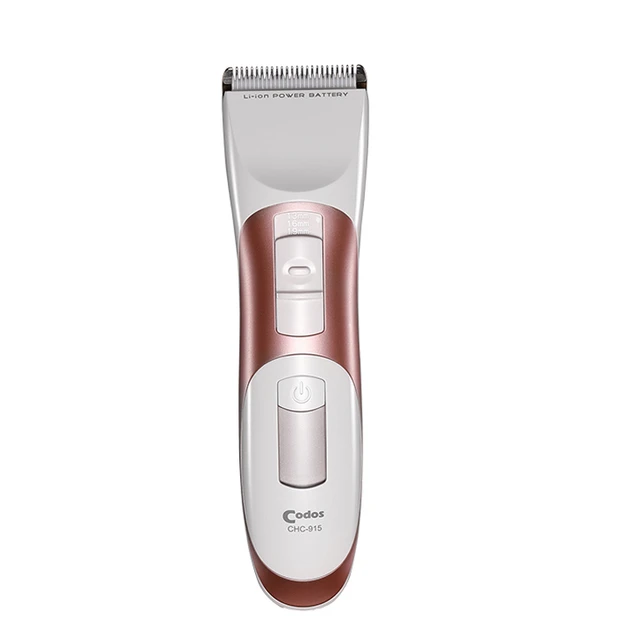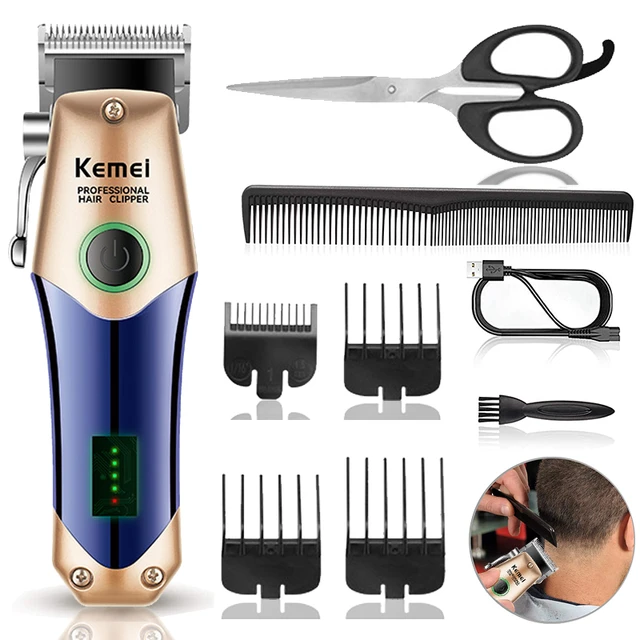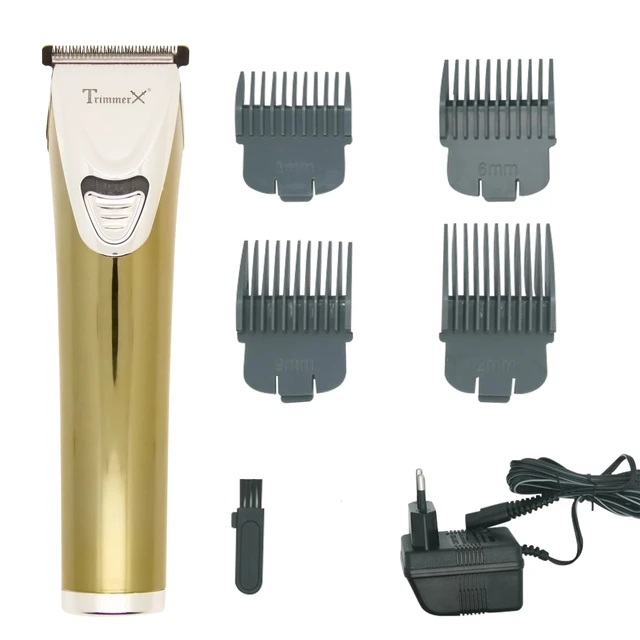
Introduction:
Cutting a dog’s hair with clippers can be a convenient and cost-effective way to maintain their grooming. However, it is important to approach the process with care and ensure the safety and comfort of your furry friend. In this guide, we will explore the easiest way to cut a dog’s hair with clippers, providing step-by-step instructions, safety tips, and techniques to make the process smoother. By following these guidelines, you can achieve a well-groomed and comfortable result while minimizing stress for both you and your dog.

What is the easiest way to cut a dog’s hair with clippers?
Preparing Your Dog:
Before starting the haircut, it is crucial to properly prepare your dog. Consider the following steps:
a. Brushing the Coat: Thoroughly brush your dog’s coat to remove any tangles, mats, or debris. This not only makes the clipping process easier but also ensures a more even and polished result.
b. Bathing and Drying: If necessary, give your dog a bath and fully dry their coat before clipping. Clean and dry hair is easier to work with and reduces the risk of the clippers becoming clogged.
c. Calming and Familiarizing: Spend some time calming and familiarizing your dog with the clippers. Turn them on briefly in the vicinity of your dog to help them become accustomed to the sound and vibrations.
Choosing the Right Clippers:
Selecting the appropriate clippers for your dog is crucial to ensure a smooth and comfortable grooming experience. Consider the following factors:
a. Dog Size and Coat Type: Different dog breeds and sizes require specific clippers designed for their coat type. Determine the appropriate clippers based on your dog’s size and the texture of their coat (e.g., long, short, thick, or wiry).
b. Noise Level: Opt for clippers with a lower noise level, as loud noises can startle and stress some dogs. Clippers with quieter motors can help create a more relaxed environment during the grooming process.
c. Corded or Cordless: Decide whether you prefer corded or cordless clippers. Corded clippers provide consistent power but may limit maneuverability, while cordless clippers offer greater freedom of movement at the expense of battery life.
d. Blades: Ensure the clippers come with appropriate blades for your desired hair length. Different blades can be attached to achieve varying lengths, allowing for customized grooming.

Safety Precautions:
When cutting your dog’s hair with clippers, it is important to prioritize their safety and well-being. Consider the following safety precautions:
a. Clippers Maintenance: Ensure the clippers are in good working condition and properly maintained. Sharpen or replace blades as needed to prevent discomfort or accidental cuts.
b. Clipper Temperature: Monitor the temperature of the clippers throughout the grooming process. Clippers can heat up with extended use, potentially causing discomfort or burns. Pause periodically to allow the clippers to cool down and check the temperature against your skin before continuing.
c. Avoid Sensitive Areas: Exercise caution when clipping sensitive areas such as the face, ears, genitals, or paws. These areas require gentle handling and may require alternative grooming techniques or professional assistance.
d. Skin Check: Regularly check your dog’s skin for any irritations, redness, or signs of discomfort during the grooming process. If you notice any issues, consult a veterinarian before proceeding with the haircut.
e. Patience and Breaks: Be patient and allow for breaks during the grooming process. This helps alleviate any stress or discomfort your dog might experience and allows them to relax before continuing.

Clipping Techniques:
To cut your dog’s hair with clippers, follow these step-by-step techniques:
a. Introduce the Clippers: Before starting the clipping process, allow your dog to become familiar with the clippers. Turn them on and let your dog sniff and investigate them. Reward any positive interaction with treats or praise.
b. Start with Familiar Areas: Begin clipping in areas your dog is already accustomed to being touched, such as the back or sides. Use gentle, smooth strokes in the direction of hair growth.
c. Gradual Approach: Gradually move to more sensitive areas, using a calm and reassuring tone to keep your dog relaxed. Use shorter strokes and gentle pressure when grooming sensitive areas such as the face, legs, or tail.
d. Pay Attention to Angles: Adjust the angle of the clippers to follow the contours of your dog’s body. This allows for a more even and natural-looking haircut.
e. Monitor Clipper Temperature: Regularly check the temperature of the clippers throughout the grooming process. If they become too hot, pause and allow them to cool down before proceeding.
f. Use Comb Attachments: Attach the appropriate comb attachment to the clippers to achieve the desired hair length. This helps maintain consistency and ensures an even cut.
g. Gradual Haircut: Trim the hair gradually, starting with longer comb attachments and working your way to shorter ones for a more precise finish. Take breaks as needed to allow your dog to rest and readjust.
h. Check for Evenness: Regularly check the haircut for evenness and adjust as necessary. Take extra care around difficult areas, ensuring a smooth transition between different hair lengths.
i. Foot and Paw Care: Pay special attention to your dog’s feet and paws. Use smaller clippers or grooming scissors to trim the hair in these areas, taking care not to cut the delicate skin or nails.
j. Final Touches: After completing the main haircut, use grooming scissors to make any necessary touch-ups or refine the overall appearance. Trim any stray hairs or uneven sections for a polished finish.

Post-Grooming Care:
After the haircut, provide your dog with extra care and attention. Consider the following:
a. Reward and Praise: Reward your dog with treats, praise, or playtime to associate the grooming experience with positive reinforcement.
b. Treatments and Soothing: Apply any necessary post-grooming treatments, such as calming sprays or skin-soothing products, if recommended by your veterinarian. This can help alleviate any irritation or discomfort.
c. Clean Up: Clean up the grooming area and dispose of any clipped hair. Ensure that the space is tidy and free of any potential hazards or irritants.
d. Regular Grooming Schedule: Establish a regular grooming schedule to maintain your dog’s coat and prevent matting or excessive hair growth. Consistent grooming helps keep your dog comfortable and healthy.

Conclusion:
Cutting your dog’s hair with clippers can be made easier by following proper preparation, safety precautions, and grooming techniques. By preparing your dog, choosing the right clippers, and prioritizing their safety, you can create a comfortable and stress-free grooming environment. Utilize gradual clipping techniques, monitor clipper temperature, and pay attention to sensitive areas. Remember to reward and praise your dog throughout the process and provide post-grooming care to keep them comfortable and happy. With patience, practice, and a gentle touch, you can achieve a well-groomed and stylish haircut for your furry companion.